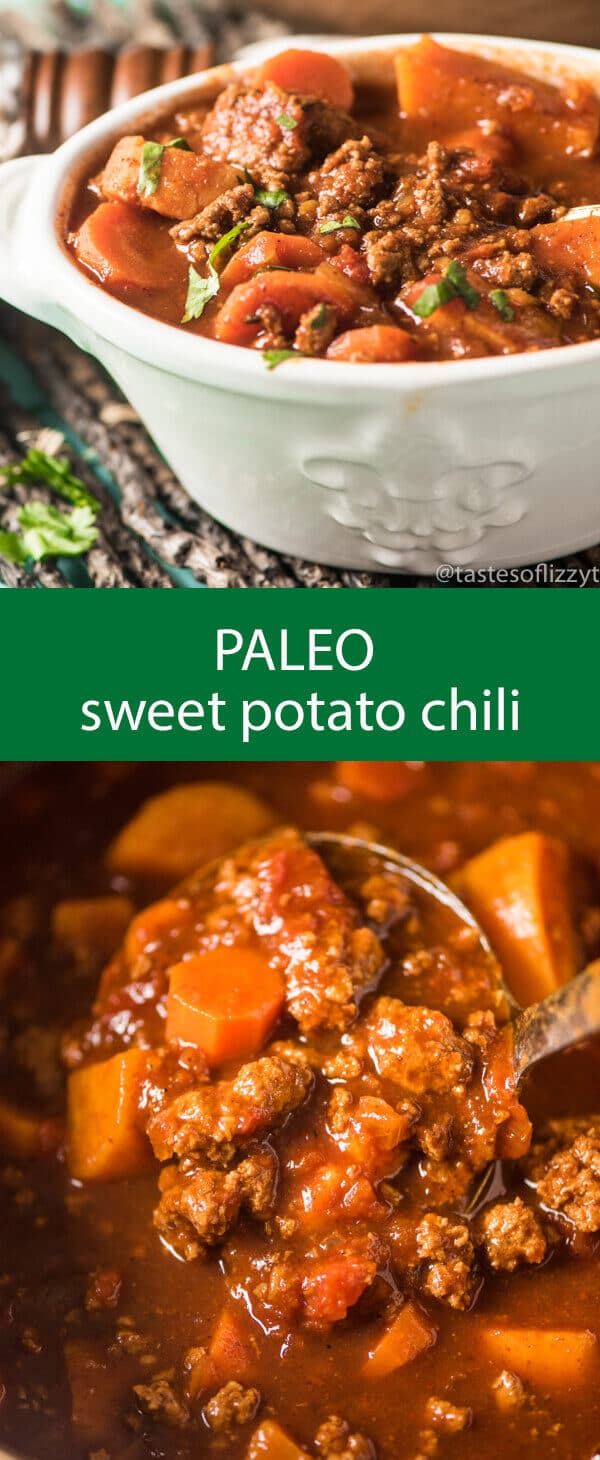Farm Update
 |
| The hard frosts we had this week have ended the green bean season, but we still have plenty of good stuff out in the fields. |
What to Expect in This Week's Share
 |
| Cabbage is one of the vegetables that actually thrives after the first few heavy frosts of the year, because the cold temperatures help concentrate the natural sugars in the plant, making it sweeter. |
- Choice of carrots or apples
- Choice of potatoes or tomatoes
- Choice of lettuce, spinach, or cabbage
- Choice of sweet potatoes or Brussels sprouts
- Broccoli for everyone
- Choice of beets, kale, or bok choy
- Choice of celariac (celery root), chives, or baby head lettuce
Veggie Spotlight: Sweet Potatoes
Recipes
Every year around this time, we
start to have sweet potatoes coming out of the fields. These quintessentially fall vegetables are
perennially popular, and with good reason.
Their sweetness and high nutritional value makes them a favorite of many
people in all age groups, despite some people’s unfortunate penchant for
mashing them and topping them with marshmallows at Thanksgiving. So read on to learn more about this wonderful
gem of the soil, the humble sweet potato!
The sweet potato plant seems to have originated
somewhere in
Central America, and was found to do well in many areas of the
world with warm temperatures. It was
recorded to have been in Polynesia around 1000AD (where it also thrives), which
leads us to believe that there were some travels between these two far flung
areas of the world even early on. The
sweet potato is now found in many warm weather parts of the world, and makes up
a major part of the diet in many cultures. Total yields in these hot weather
climates are much greater than here in Michigan, because many of these tropical
places can grow the same vine out for many years just taking newly formed
tubers as needed.
There are actually many
different colors of sweet potatoes grown in the world, but the orange-fleshed
type that we grow is presumed to be the most nutritious because of the large
amount of beta carotene. Sweet potatoes are probably the best food you can eat
to get the valuable beta carotene (despite the fact that we usually think of
carrots in conjunction with that nutrient), and interestingly the full amount
of beta carotene is best absorbed into our body with fat intake of some kind
(such as olive oil, butter, and other animal fats). Also, like regular organic potatoes,
organic sweet potatoes are better for us because they do not have a chemical
sprout inhibitor applied to them. If you see conventional potatoes or sweet
potatoes in the grocery store, almost all of them have the active chemical on
or in them to decrease the chance they would start sprouting in the store. For
this reason, if you are storing our sweet potatoes, it is better to have them
wrapped in newspaper in a dark place with higher humidity, which will have the
same anti-sprouting effect.
On our farm we buy our sweet
potato plants in from another organic grower on the East coast. These plants
come as partially rooted stem cuttings wrapped in bundles. We plant them by
hand, which is a three man job. Fred
slowly pulls the transplanter behind the tractor while two of our field guys,
sitting close to the ground in the transplanter, plug the sweet potato plants
into the ground. The stems are just
pushed into the ground through holes in raised beds that have a black plastic
mulch. These cutting are then watered through our dripline irrigation system, and
then they begin to root and put on shoot growth. These shoots turn into long
vines that creep out quickly, eventually becoming a dense carpet of vines and
triangular leaves across the raised beds in which we planted them. The raised beds are covered with black
plastic, which absorbs sun and creates more heat around the vicinity of the
plant. Ironically, sweet potatoes generally like sandier, less fertile
soil. We actually had trouble with the
plants in the rows that were planted on our richest black soil, but they
thrived in the really light soil in the southwest corner of our farm, which isn’t
ideal for pretty much anything else. When it is time to harvest the sweet potatoes in
late September, we cut the vines off at the soil line and then use our tractor-pulled
undercutter (a big heavy metal blade) which digs underneath the potatoes
loosening the soil around them. This
makes it easier to pull the sweet potatoes out of the loose soil. We then box them up with the dirt still on
them and put them in our greenhouse to cure for 7 to 10 days. This curing process helps them heal from any
cuts and creates a firmer skin that enables longer storage. They are then washed and brought to the CSA
drop-offs.
If you are planning to keep
your sweet potatoes for a while, the best place to store them is where the
temperature is below room temperature but above 50F. Most basements or closets
furthest away from the thermostat would be good. Because it is a tropical root, it doesn’t do
well in the refrigerator for an extended period of time, so they are best kept
out on the counter unless you are storing them for the long term. We hope you enjoyed learning more about sweet
potatoes and how we grow them at the farm!
 |
| Roasted Sweet Potato Coins |
Another good option is this Paleo Sweet Potato Chili. I am a huge fan of soups, stews, and chilies this time of year, and this has the added benefit of leftovers, which are great to just heat up when you need something quick!


No comments:
Post a Comment